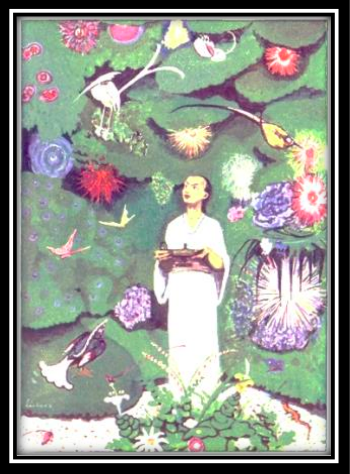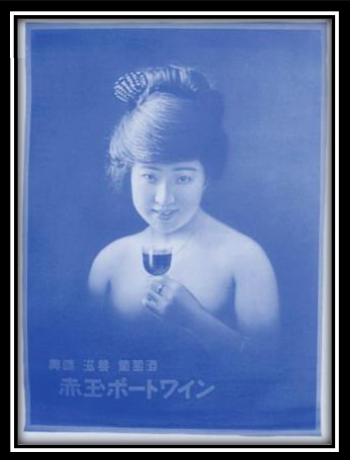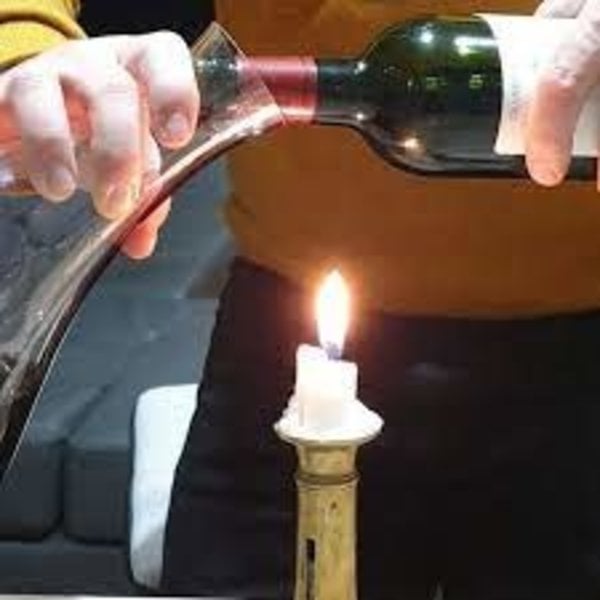OPEN TUESDAY-SATURDAY 12-6PM, SUNDAY 11-5PM
- Home
- Wine Tastings
- Wine
- The Store
-
Gather
- All Gather
-
"Zero-Two-Wine-Three-Eight"
- All "Zero-Two-Wine-Three-Eight"
- Vol. 1 "Ciel!!! My Rosé!"
- Vol. 2 "Natural Wine...Natural(ly) Misunderstood"
- Vol. 3 "A Very Sparkling Subject...The Nativity"
- Vol. 4 "A Very Patriotic Resolution"
- Vol. 5 "Genesis...Reading an American Wine Label"
- Vol. 6 "Sulfite or No Sulfite? That's the Question"
- Vol. 7 "Wine Body"
- Vol. 8 "Sommelier"
- Vol. 9 "Concord Grape"
- Vol. 10 "The Wine List"
- Vol. 11 "The New Lexicon"
- Vol. 12 "Sweet, Yes You Are!"
- Vol. 13 "Supreme Cork Ruling: TCA v. Stelvin"
- Vol. 14 "Letter to a Cigar Smoker"
- Vol. 15 "Aladdin and the Magical Lamp: The Decanter"
- Vol. 16 "How to Select and Use a Corkscrew"
- Vol. 17 "The Wine Glass"
- Vol. 18 "Orange is the Old White"
- Vol. 19 "MCO2: Carbonic"
- Vol. 20 "Oaky Wine"
- Vol. 21 "American Viticulture Area" AVA
- Vol. 22 "Regenerative Agriculture"
- Vol. 23 "The History of the Wine Bottle"
- Vol. 24 "Chillable Red"
- Vol 25. "Wine, Good or Evil?"
- Vol. 26 "phD of Wine"
- Vol. 27 "Terroir or Climat?"
- Vol. 28 "Easter...a word not so religious"
- Vol. 29 "Trophy Wines"
- Vol. 30 "Biodynamic in Vino Veritas"
- Vol. 31 "Blended Wines"
- Vol. 32 "Drinking New-World or Old-World Style"
- Vol. 33 "Cabinet of Curiosities"
- Vol. 34 - "Pairing Wine and Chocolate"
-
Casserole & Sommelier: Bertil's Recipes and Wine Pairings
- All Casserole & Sommelier: Bertil's Recipes and Wine Pairings
- Herb-Crusted Lamb Chop Duo with Rhubarb Chutney
- Steak Tartare à la Française
- Grilled Octopus with Chimichurri
- Beef Rib Roast with Szechuan Peppercorn and Red Wine Sauce
- Salt Crusted Red Millet with Shishito Pepper and Japanese Rice
- Red Wine Poached Pear Tarte Tatin
- Beef Stew with Root Vegetables and Leeks
- Primi: East Coast Small Calamari with Garlic & Lemon Sauce and Classic Gnocchi
- Chilean Black Bass with Fried Parsley, Onion Flakes & Black Garlic Crust with Meyer Lemon Emulsion and Grilled Fennel
- Duo of Mirrored Semi-Cooked Chocolate Tarte with Aromatic Macarons
- Premium Maryland Blue Crab with Sauce Grand-Père
- Lamb Shank Braised in Duck Fat
- Sous Vide Leg of Lamb
- Summer Vegetarian Delight
- Pain Bagnat: The Niçoise Salad Sandwich
- New England Lobster Roll
- Tempura Fried Squash Blossoms with Aioli
- Autumn Roasted Red Kuri Squash Salad
- Butternut Squash Gnocchi with Tarragon Butter
- Winter Vegetarian Moroccan Stew
- French Rabbit with Mustard
- Roasted Rolled Pork Loin with Pesto & Prosciutto
- Homemade Classic Poutine with Wild Mushroom Gravy
- Grilled White Asparagus
- BBQ-Grilled Butterfly Quail, Black Cherries, and Cherry Tomatoes
- Cherry Clafoutis
- Real Homemade Organic Tomato Sauce
- Rustic New England Heirloom Apple Tart and Maple Sugar Ice Cream
- Ossobuco Beef Shank and Potato Gnocchi with Parmesan
- Galette des Rois
- Duck Leg Confit with Du Puy Green Lentils and Whole-Grain Mustard
- Zoë’s Focaccia Bread
- Hay-Crusted Ham with Maple Syrup
- Octopus Sashimi
- Turbot fillet butter meunière with French-style peas and glazed potatoes
- Christmas Morning Scramble Egg with Caviar and Champagne Wine
- Traditional Veal Tongue with Salsa Verde or Gribiche
- Chicken Hearts with Red Wine Mole Sauce and Basmati Rice
-
Blog
- All Blog
- “Wine”, Fifty Shades of Grey...
- The first one is Awful and the second is Offal, in Two Parts…
- The Wood Snake #9
- We Now Have a Non-Alcoholic Option!
- Maggie Harrison Myth or Reality? Lillian & Antica Terra
- Naked bottles are in fashion, but why?
- Cristophe Baron, The Rocks, and Cayuse
- A Cry from My Heart…
- Letter to Readers « Fuck the Label! » Why?
- What if wines from the Northeast started to be exceptional?
- Discover the rosé you'll love, but beware of knock-offs
- The Little Kit of the Wine Aficionado Eclipse Dynamic
- In Honor of Kurt Cobain – NIRVANA
- Private Preserve: Why reinvent the wheel?
- Celebrating Women's History Month: Birdhorse Wines and Osa Major
- Celebrating Women's History Month: Merry Edwards and Heidi Von der Mehden
- Marco Montez of Westport Rivers
- Pearl Morissette Oxyde Riesling 2021
- The Secret Sauce Series: Girl Scout Cookies and Wine
- Dry Wine January: Trouvère Pinot Blanc
- Dry Wine January: Trouvère Tempranillo
- Dry Wine January: Trouvère Indigene
- A Good Coat is Hard to Find? Not really!
- Wine to Pair with Galette des Rois
- Epiphany Cake: Embrace the Custom of Universal Sharing
- Weekly Discovery: "The Lovers" by Cayuse Vineyards
- Le Beaujolais Nouveau: A short story of deception on a global scale
- Today Bonde honors the work and the dedication of Tara Gomez and the Chumash Tribe Community
- What the Pop?
- The Folding Knife and the Art of the Table
- The Story Behind Our Wine Glasses
- Missives from New Mexico: The Expression of a Terroir on the Banks of the Rio Grande
- Bonde Fine Wine's New Autumn Winter Collection Collaboration with Wine Bunnies
- David Homewood: A giant with velvet hands
- What is a "Bonde"?
- The Bonde "Bleu de Travail" Jacket
- New Arrival: Westport Rivers Estate Grown Pinot Meunier 2020
- Analemma Petit Manseng 2021
- About
- Gift cards
- Wine Club









